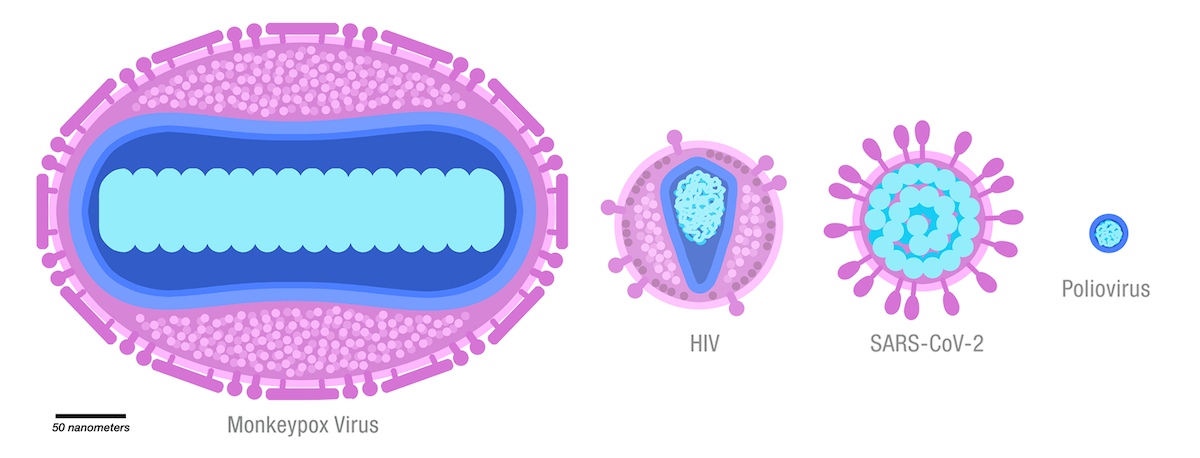
Raising Global Awareness for Rare Diseases on Rare Disease Day
Rare Disease Day takes place worldwide, typically on or near the last day of February each year, to raise awareness among the public and policymakers about rare diseases and their impact on patients’ lives. The power and promise of genomics for the diagnosis of rare diseases are exemplified in many cases. Wider attention and intensify discussion are needed to advance the development of diagnosis and treatment of rare diseases.
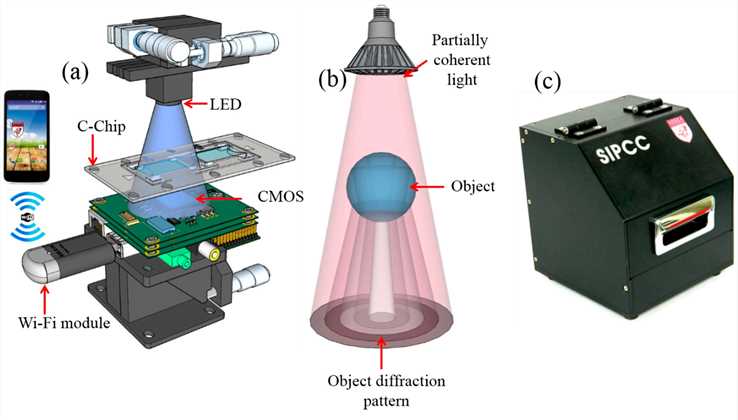
Lens-free Diffraction Reconstruction Enables In Vitro Cancer Early Detection
Molecular diagnosis is the main method for detecting cancer-associated gene and tumor marker. Researchers proposed a high-throughput and cost-effective approach based on molecular diagnosis of target tumor marker and a lensfree diffraction imaging platform. This approach achieves high-speed and high-quality reconstruction of huge images. Besides, the cells which are labeled with immune microbeads can be screened using the determined covered pixel sets, which are extracted in different focus reconstruction planes. The detection equipment is cost-effective and easy to operate and popularize. It is expected to be widely used as a diagnostic tool for early detection of cancer. This work was published in ACS Sensors. Key Points: High throughput, Cancer early detection, In vitro diagnosis (IVD)
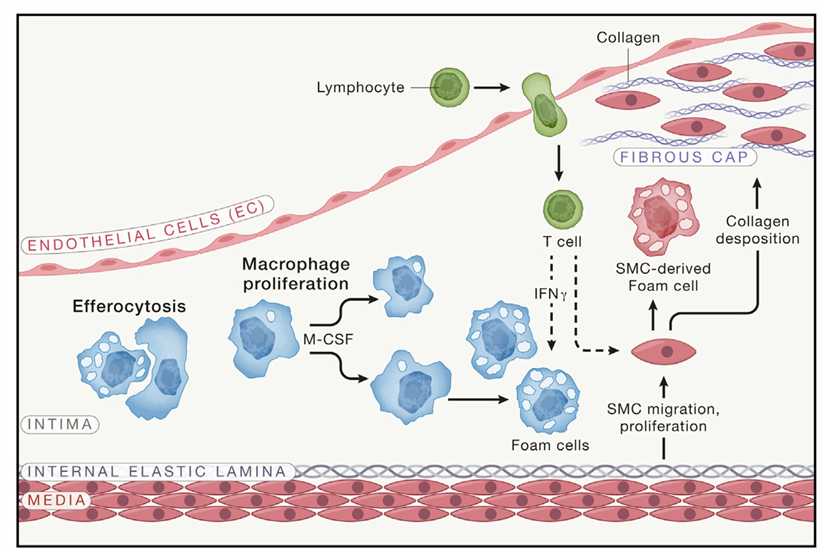
Recent Progress in Atherosclerosis Study
In the past few decades, researchers have systematically studied the symptoms, pathogenesis and treatment of Atherosclerosis. Recently, the latest research on the relationship between this disease and intestinal microorganisms, cellular senescence and inflammatory heterogeneity may provide powerful help for the effective diagnosis and treatment of the Atherosclerosis.
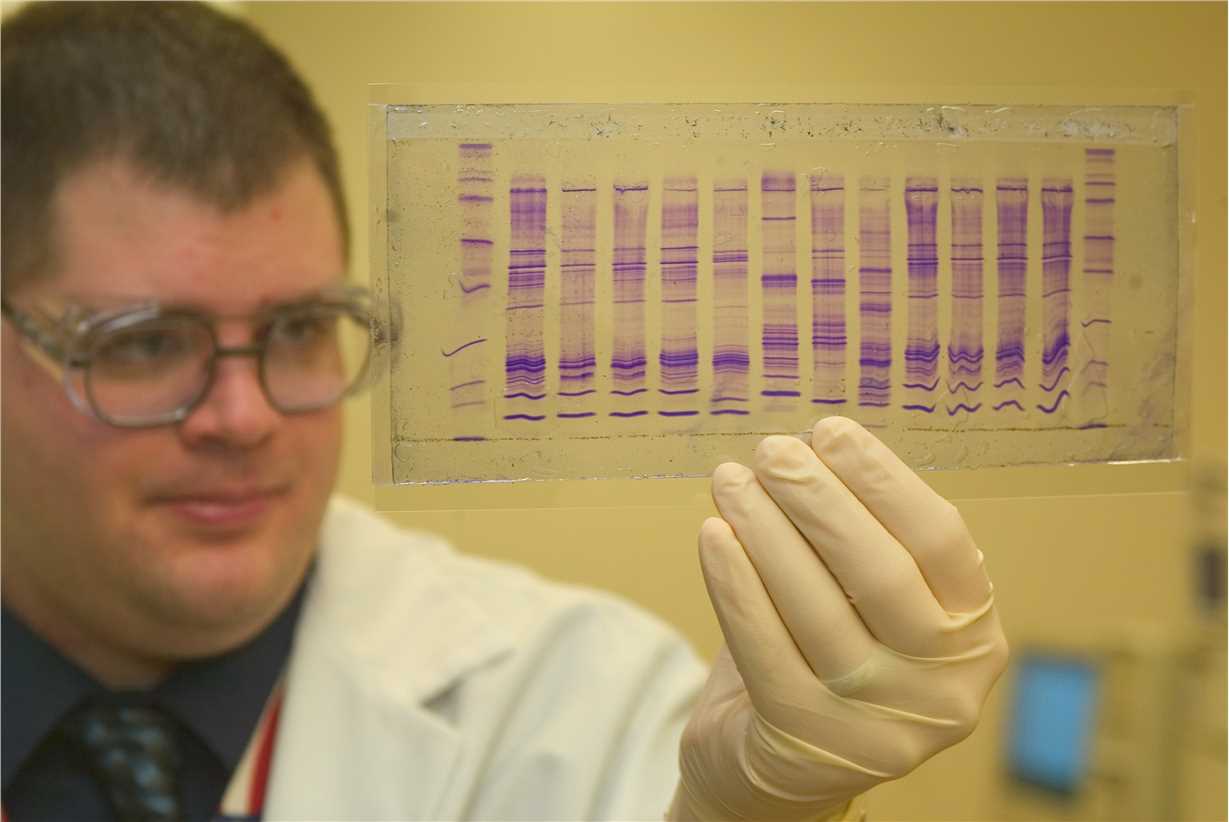
Molecular Profiling-A Promising Analytical Technique for Pediatric Cancer Research
As a powerful gene check method, molecular profiling has been widely used in adult tumor classification, diagnosis and prognosis monitoring. Regrettably, its application in the analysis of pediatric tumors is still immature and needs further evaluation. However, as Church AJ and colleagues recently reported in Nature Medicine, molecular profiling also has great implications for the diagnosis and targeted therapy of pediatric tumors.

Recently Identified Pan-cancer Oncogene FOXR2 Brings New Hope to Cancer Research
Recently, scientists have found a gene named FOXR2 could be activated in many cancer types, whereas this gene is not expressed in most tissues of healthy individuals. This remarkable discovery may help scholars better catch on the development process of cancers and newly gene-target treatment of tumors.
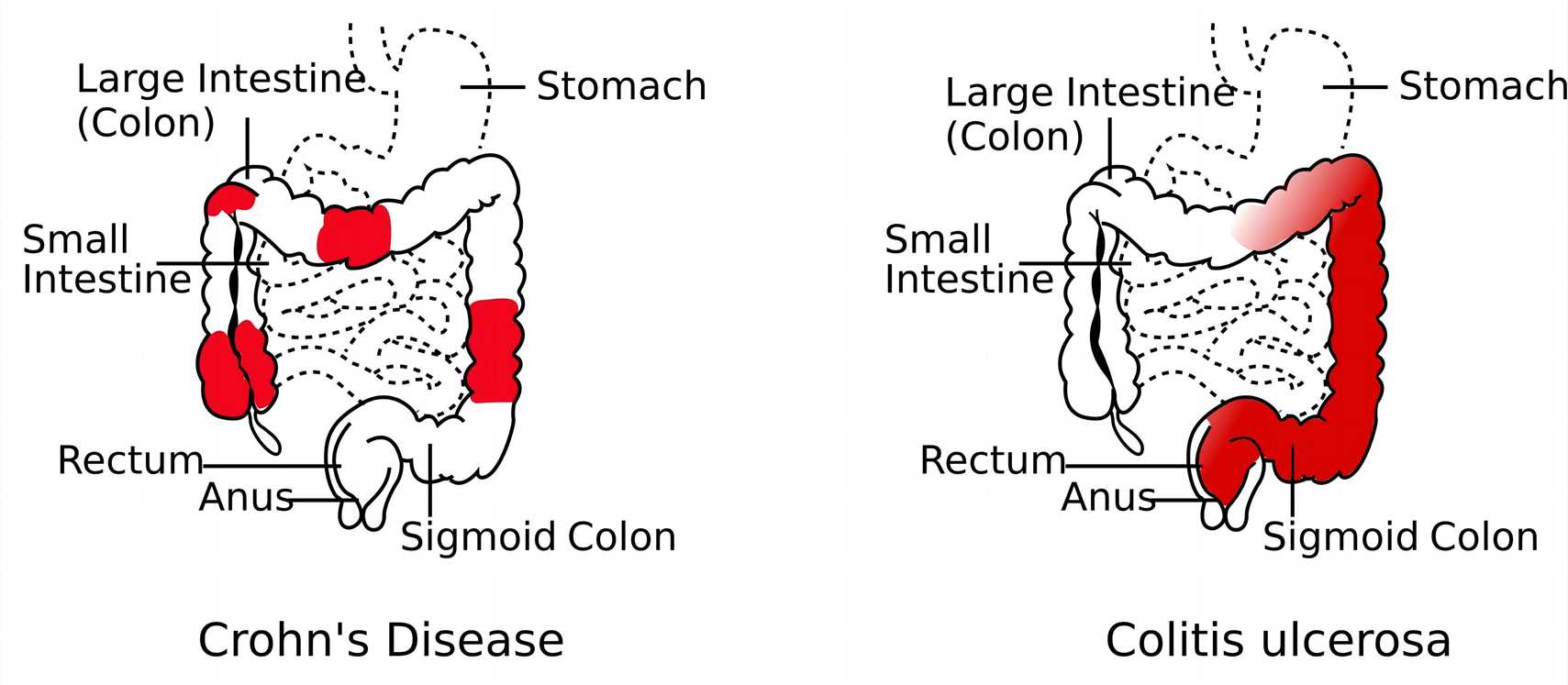 <
<
Anti-GMAb-A Potential Biomarker for Complicated CD
Crohn's disease (CD) is a severe inflammatory bowel disease caused by many complicating factors. Previous studies have shown that anti-granulocyte macrophage-colony stimulating factor autoantibodies (aGMAbs) can be detected in the blood of patients with some subsets of CD, but the specific relationship between aGMAb and CD has not been clarified. Recently, scientists discovered the mechanism behind this antibody and found it can be detected years before the onset of CD.
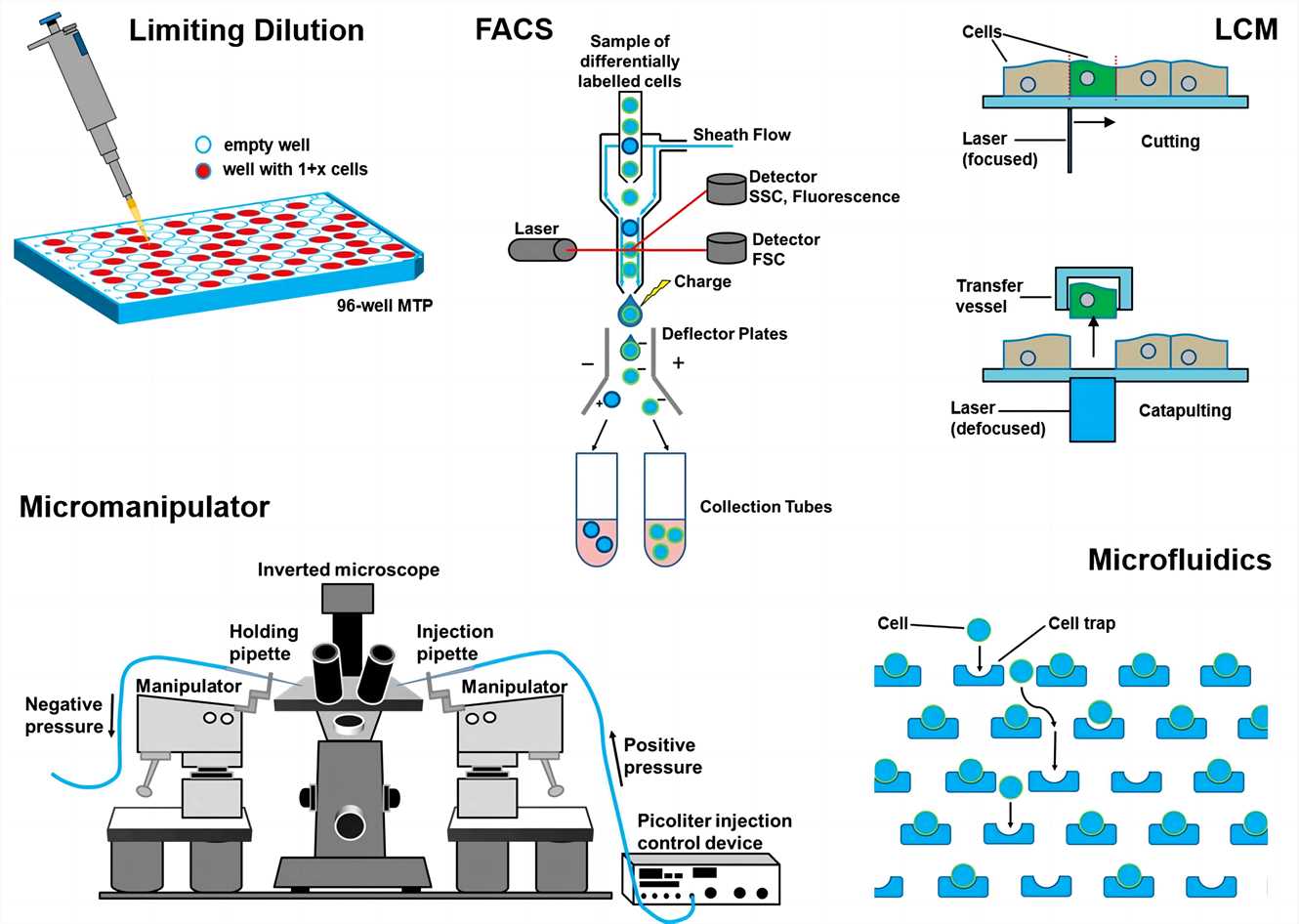
Electric-field Facilitated Dissociation of Tissues and Single Cell Analysis
Single-cell analysis is an important technique that can be used to obtain the genetic profiles of different cells. Traditional single cell extraction technique requires complicated steps, are time-consuming and are high cost. Recently, scientist developed a new single cell separation method based on electrical separation, which has the characteristics of short time consumption, low cost and high efficiency.
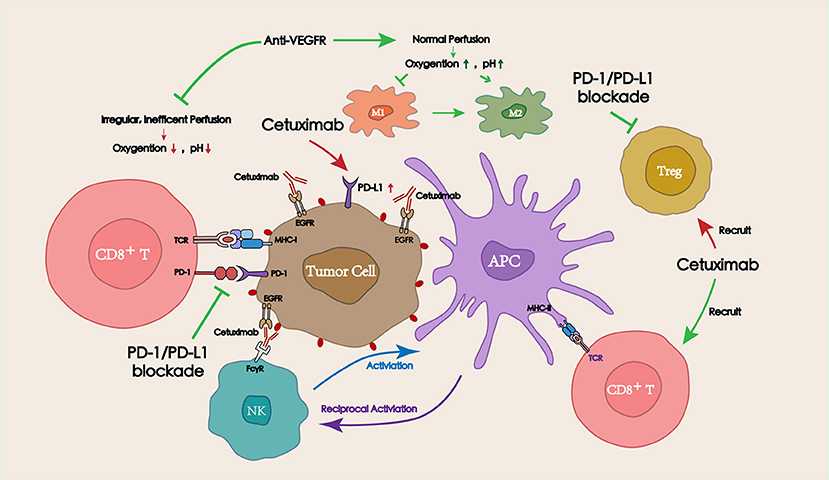
Promising Application of Novel Small Molecules as PD-L1/PD-1 Signaling Pathway Regulator
Immunotherapy for cancer has been a hot topic in recent years. The PD-1 antibody therapy proposed by James Allison and Tasuku Honjo is widely used in cancer therapy. However, the treatment is costly and ineffective for some tumors. Based on this, scientists synthesized a small molecule antibody substitute, which can also effectively block the formation of PD-1/PD-L1 and has a significant effect in the treatment of many tumors.
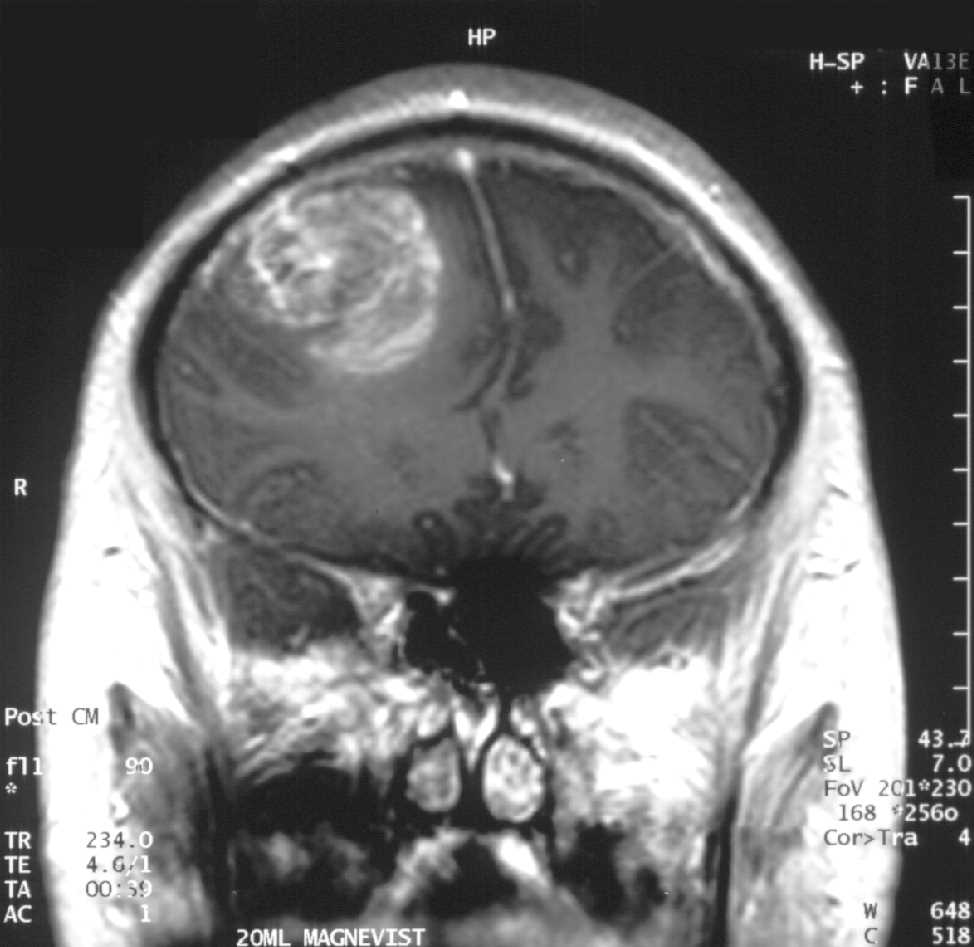
Cavity-injectable Hydrogel May Prevent Highly Invasive Glioblastoma from Relapse
Glioblastoma is a highly malignant tumor due to its high recurrence rate. According to statistics, the five-year survival rate of this tumor is less than 5%, which is significantly lower than other low-grade cancers (prostate cancer 88%, breast cancer 85%). How to prevent the recurrence of glioma has been a difficult problem for doctors. Recently, scientists established a locoregional treatment strategy for priming cancer stem cell-specific tumoricidal immunity with broad application in patients suffering from recurrent malignancies.
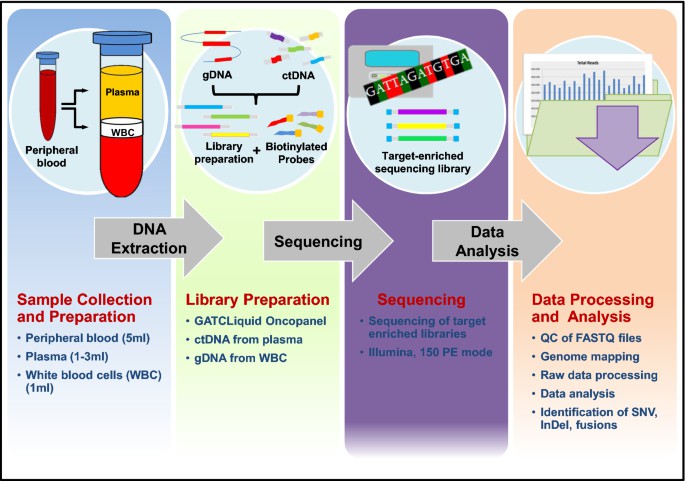
Ct-DNA Guided Therapy in Stage II Colon Cancer
Presently, few studies have been able to accurately screen cancer patients to determine whether they are candidates for chemotherapy. In June 2022, Australian scientists published a study showing that a circulation tumor DNA blood test could provide effective clinical advice and avoid the physical and financial cost of unnecessary treatment for patients with stage II colon cancer. Additionally, this significant discovery may also help improve the quality of life after surgery for patients with different types of cancers.
Recent Growing Monkeypox
Monkeypox virus (MPXV) is a double-stranded DNA virus which belongs to the genus Orthopoxvirus, a kind of the Poxviridae family. It was first identified in monkeys in Western Africa in 1958 and was first diagnosed in humans in Africa 12 years later. Since then, the MPXV has spread rapidly around the world in a short period of time, resulting in two larger outbreaks in 2003 and 2022. Although the virus has a low fatality rate, it is highly contagious and has many clinical symptoms.
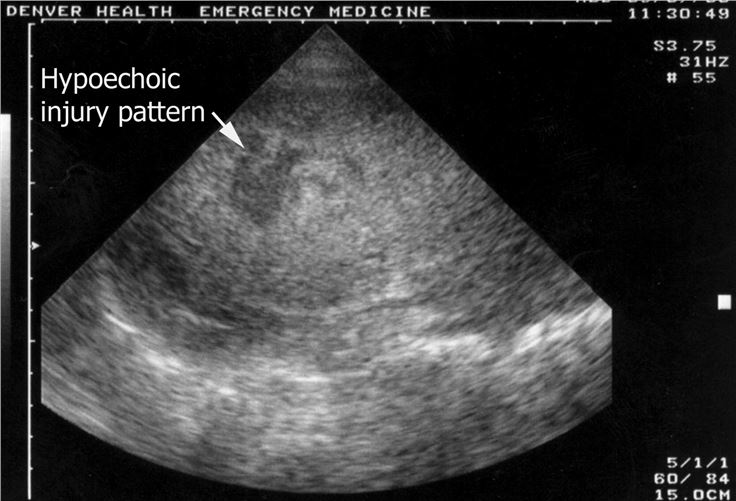
A Novel Bioadhesive Ultrasound Strategy for Organ Imaging
Ultrasound is a powerful diagnostic imaging tool that takes advantage of sound waves and electrical output signals to produce valuable images of various parts of the body. Despite this method having many advantages, it needs large equipment and trained sonographers to ensure the accuracy of the results. At the same time, the technician needs to constantly correct the position of the ultrasound probe during the detection process. Recently, it was reported that a novel bioadhesive ultrasound (BAUS) device could continuously generate high-resolution images of human body.
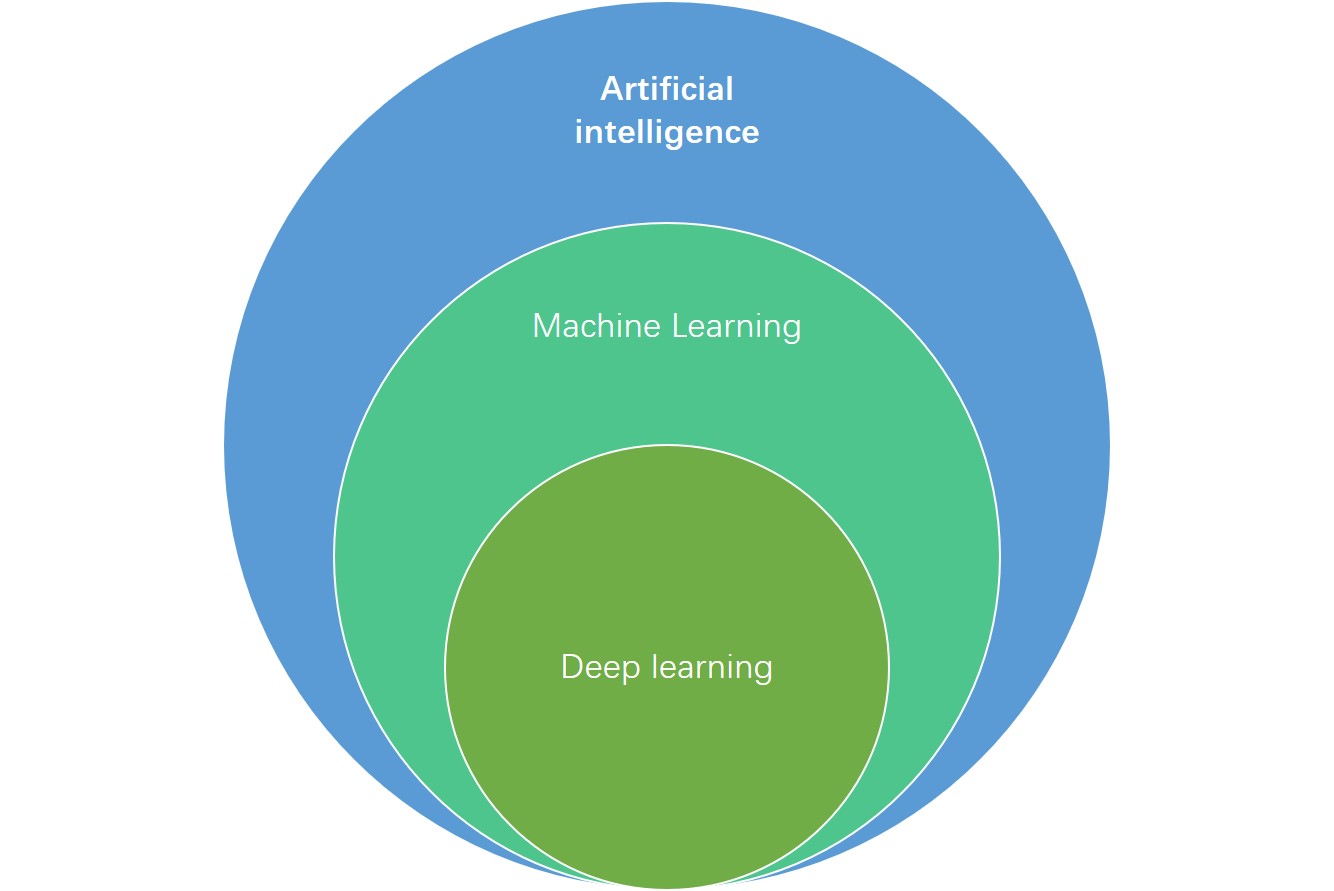
Neoteric Radiomics-based Machine-learning Models for Pancreatic Cancer Detection
Recently, scientists from different disciplines at Mayo Clinic have collaborated to launch a radiomics-based machine learning model that enables the detection of pancreatic cancer before symptoms appear. This amazing work may help more patients with pancreatic cancer to be diagnosed earlier, increasing the possibility of a clinical cure.
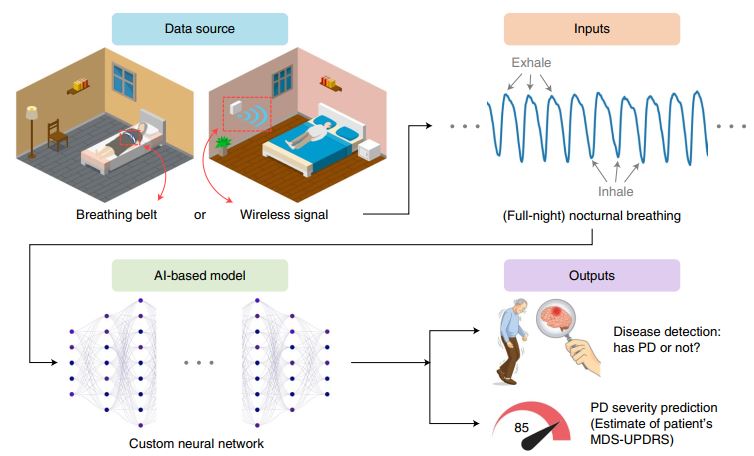
AI-based Strategy Achieves Non-invasive PD Detection
Due to the lack of effective diagnostic biomarkers, Parkinson's disease (PD) is mostly diagnosed when obvious symptoms such as tremors and stiffness appear, which is disastrously behind the onset of the disease. Hence, it is urgent to find an effective biomarker for PD to facilitate the early diagnosis of the disease. To achieve this goal, researchers from different colleges collaborated to build a newly AI-based study model that can detect nocturnal breathing signals of individuals from several databases, leading to an early diagnosis of PD.
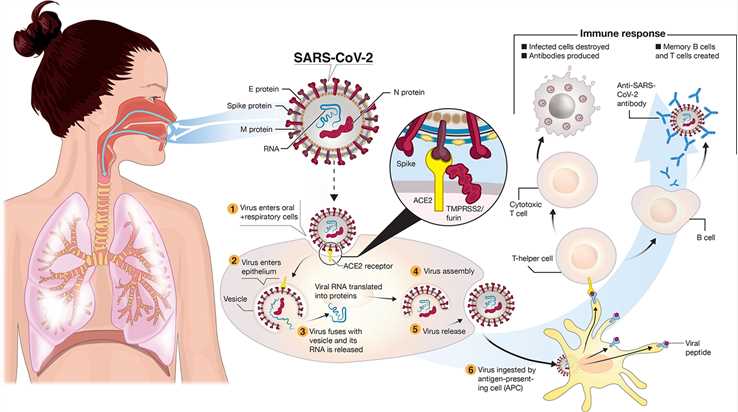
Dual COVID-19 mRNA Vaccine Against the Omicron and Delta Variants
Over the past three years, more and more SARS-CoV-2 variants, such as Omicron and Delta, have emerged, which posed a huge challenge to the existing COVID-19 vaccines. Hence, there is an urgent need to develop new vaccines that can protect against multiple variants of the virus. Recently, scientists constructed a novel mRNA vaccine that expresses the more conserved viral nucleoprotein (mRNA-N) and the results of preclinical models confirmed that the use of this vaccine and the current S-Expressing mRNA vaccine could provide a good defense against new variant viruses.
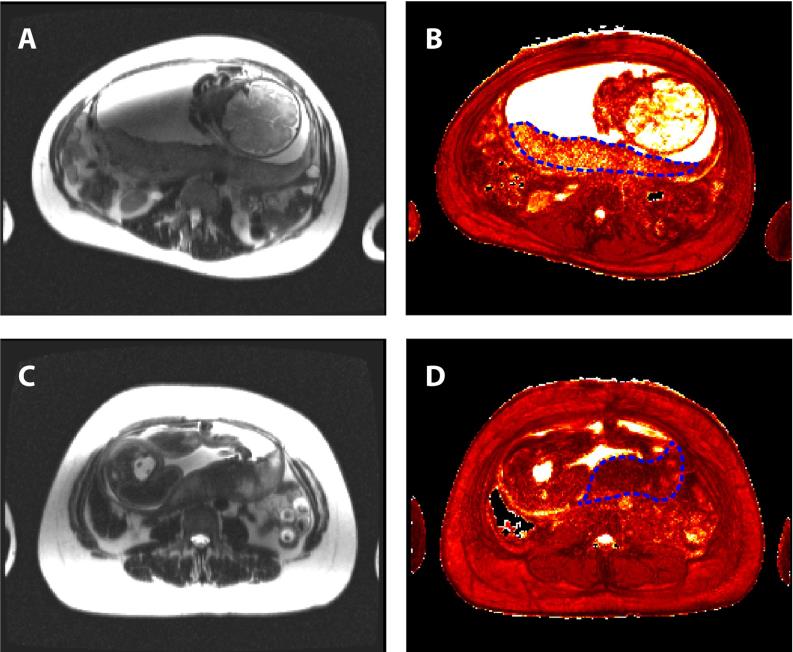
Early Asessment of Placental Function and Adverse Pregnancy Outcome by Novel MRI Method
The placenta plays an important role in supplying oxygen and nutrients to the embryo, as well as removing waste products froms the environment. Therefore, the health of the placenta is closely related to the risk of the entire pregnancy. Early diagnosis of placental dysfunction can greatly increase the probability of healthy pregnancy. However, there is no medical test that can effectively monitor the normal development of the placenta. Lately, researchers from Oregon Health & Science University (OHSU) built a new MRI pattern that may enable the assessment of possible complications throughout pregnancy by placental health.

Dual Gate-Controlled Nanoreactor for Cancer Therapy
Currently, chemotherapy remains to be the main clinical treatment for cancer. Chemotherapy drugs can kill tumor cells to a certain extent but also kill normal human somatic cells and produce a variety of drug resistance. Originally developed as an anti-alcohol addiction drug, disulfiram is currently approved by the FDA as a new type of cancer treatment. However, due to the small amount of intracellular Cu2+, the antitumor effect of disulfiram cannot be fully played. How to enhance the synergistic antitumor effect of intracellular Cu2+ and disulfiram has been a difficult problem. Zhang and her colleagues, who recently published their results in NanoScale, have established a new way to enhance the antitumor effects of disulfiram, which could lead to a new direction for cancer nanotherapy.
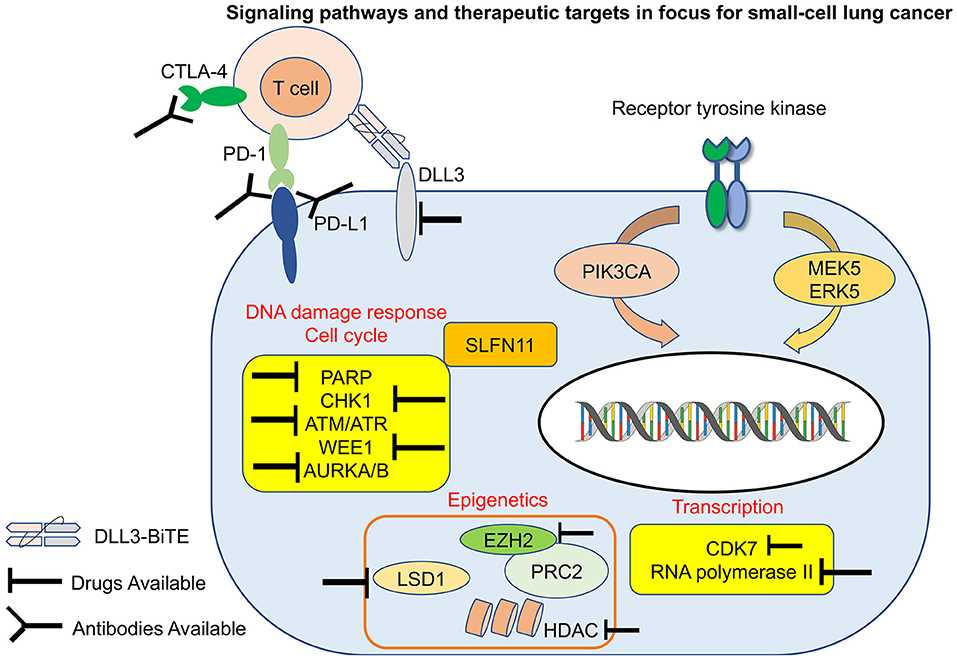
Protein Biomarkers of Lung Cancer
Early diagnosis of lung cancer is of great importance for the prognosis and survival of patients. In recent years, tumor-specific proteins and cell components are playing an increasingly important role in the early diagnosis of cancer because they are abundant in blood and can be used for non-invasive screening. Here we summarize the three most common types of blood protein biomarkers found in recent years that can be used for early screening of lung cancer, so as to provide scientific reference markers for early diagnosis of lung cancer.
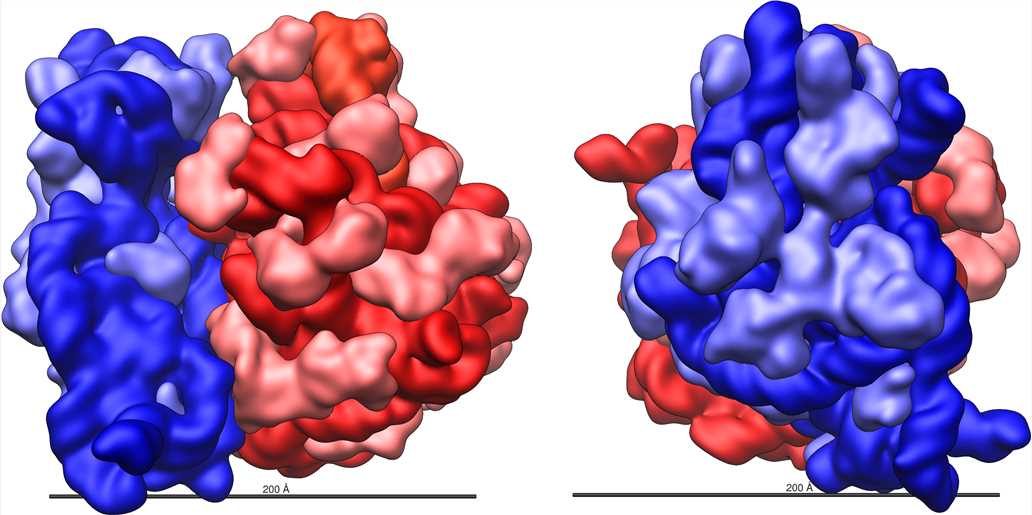
Ribosome-an Aussichtsreich Target for Cancer Therapy
Ribosome is a kind of organelle widely existing in eukaryotic cells. Recently, numerous studies have demonstrated that the mutations of several ribosomal proteins in cells can cause cancer, and the increase of ribosomal protein synthesis in cancer cells is associated with the dysregulation of three RNA polymerases. These studies indicate that ribosomes are closely related to the occurrence of cancer. Gazmend and colleagues recently described the ribosome biogenesis process and the attenuating effects of anticancer drugs, which could help researchers understand the link between ribosomes and cancers.
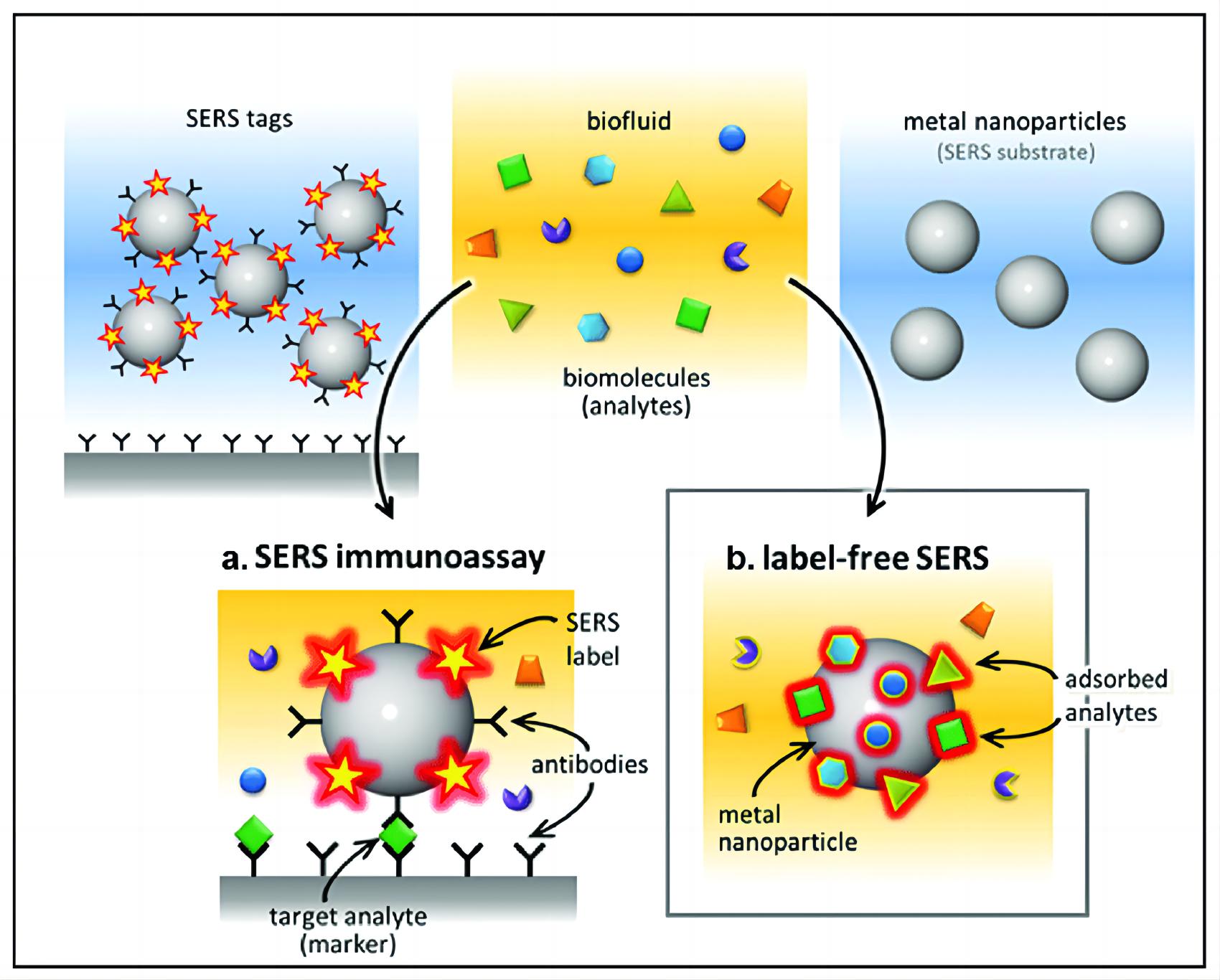
Label-Free Plasmon-Enhanced Spectroscopic HER2 Detection
Clinical treatment of HER2+ breast cancer is usually carried out by suppressing HER2 overexpression or blocking its activity. These therapies can inhibit intracellular HER2 expression, thereby inducing apoptosis of cancer cells by inhibiting cell proliferation and altering downstream signaling pathways. Hence, the monitoring of intracellular HER2 expression levels is of great significance for the diagnosis, treatment, and prognosis evaluation of HER2+ breast cancer. Recently, scientist developed a novel label-free method for the detection of HER2 in breast cancer cells using surface-enhanced Raman scattering technology. This method can effectively evaluate the changes in breast tumors during treatment and ensure the effectiveness of drug treatment.
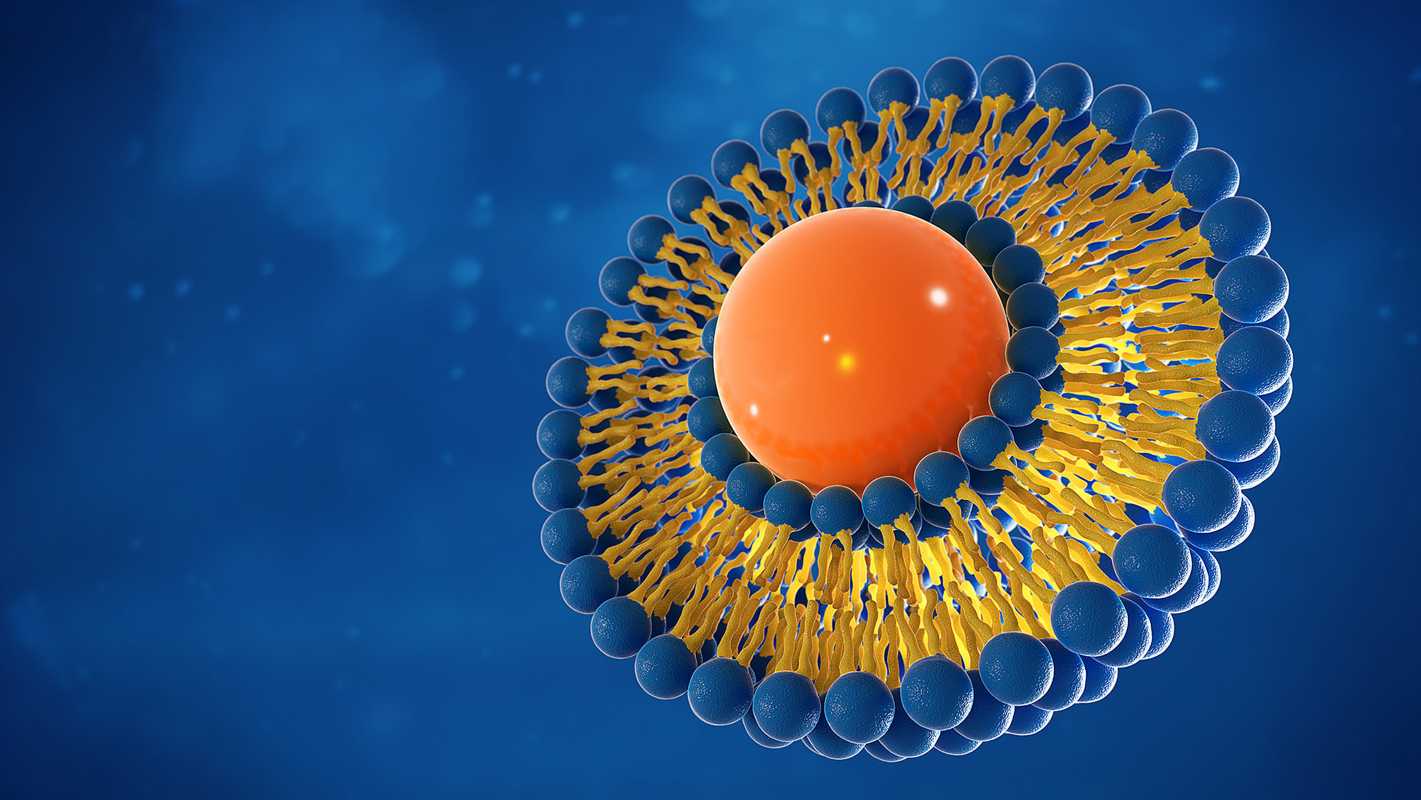
Liposomal Encapsulation of OVs and E. coli for Tumor Biotherapy
Biotherapies have become increasingly popular in recent years for cancer treatment due to their less severe side effects. Of the related organisms, oncolytic viruses and bacteria have become promising platforms for cancer treatment. However, as biological particles, the oncolytic virus has poor enrichment ability in tumor tissue while the tumor-killing effect of bacteria is weaker than the oncolytic virus. Hence, how to combine their respective advantages to achieve better treatment effects is critical. Recently, Liu's team established a new anti-tumor biotherapy by using liposomes embedded with oncolytic viruses and conjugated with Escherichia coli BL21, which showed good results in the immunotherapy of tumors.
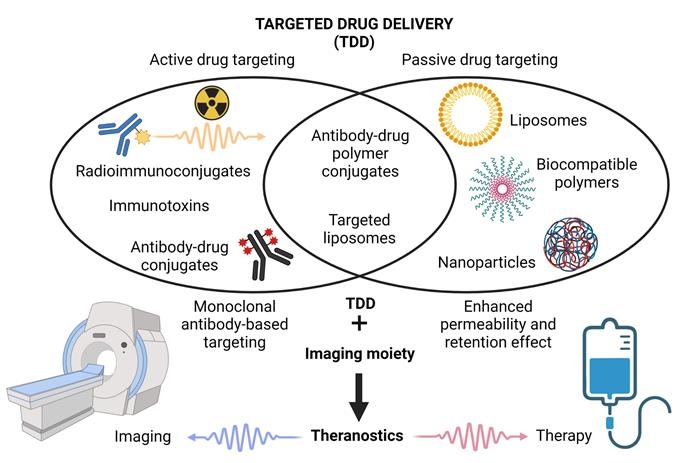
Amplified Drug Delivery System with a Pair of Master Keys for Chemo-Photothermal Therapy
At present, common chemotherapy drugs in the treatment of cancer are still faced with poor efficacy, side effects, and other adverse conditions. Hence, researchers have developed targeted drug delivery systems to selectively and efficiently deliver drugs to tumor cells. Systems based on single factor stimulation have low cell selectivity, while the system based on double factor stimulation has high selectivity but low drug loading. Recently, Cheng's team developed a two-factor stimulatory drug delivery system using gold nanocages as carriers to achieve precise drug release and improve the efficacy of tumor treatment.
References
- Roy, Mohendra, et al. "Automated micro-object detection for mobile diagnostics using lens-free imaging technology." Diagnostics 6.2 (2016): 17. Distributed under Open Access license CC BY 4.0, without modifications.
- Björkegren, Johan LM, and Aldons J. Lusis. "Atherosclerosis: recent developments." Cell (2022). Distributed under Open Access license CC BY 4.0, without modifications.
- Gross, Andre, et al. "Technologies for single-cell isolation." International journal of molecular sciences 16.8 (2015): 16897-16919. Distributed under Open Access license CC BY 4.0, without modifications.
- Lin, Weimin, et al. "Crosstalk between PD-1/PD-L1 blockade and its combinatorial therapies in tumor immune microenvironment: a focus on HNSCC." Frontiers in oncology 8 (2018): 532. Distributed under Open Access license CC BY 4.0, without modifications.
- Alunni-Fabbroni, Marianna, et al. "Circulating DNA as prognostic biomarker in patients with advanced hepatocellular carcinoma: a translational exploratory study from the SORAMIC trial." Journal of Translational Medicine 17.1 (2019): 1-15. Distributed under Open Access license CC BY 4.0, without modifications.
- Kendall, John L., et al. "Emergency department ultrasound is not a sensitive detector of solid organ injury." Western Journal of Emergency Medicine 10.1 (2009): 1. Distributed under Open Access license CC BY 4.0, without modifications.
- Voogt, Annika M., et al. "Opportunities for Regulatory Authorities to Assess Animal-Based Measures at the Slaughterhouse Using Sensor Technology and Artificial Intelligence: A Review." Animals 13.19 (2023): 3028. Distributed under Open Access license CC BY 4.0, without modifications.
- Yang, Yuzhe, et al. "Artificial intelligence-enabled detection and assessment of Parkinson’s disease using nocturnal breathing signals." Nature medicine 28.10 (2022): 2207-2215. Distributed under Open Access license CC BY 4.0, without modifications.
- Funk, Colin D., Craig Laferrière, and Ali Ardakani. "A snapshot of the global race for vaccines targeting SARS-CoV-2 and the COVID-19 pandemic." Frontiers in pharmacology 11 (2020): 937. Distributed under Open Access license CC BY 4.0, without modifications.
- Schabel, Matthias C., et al. "Quantitative longitudinal T2* mapping for assessing placental function and association with adverse pregnancy outcomes across gestation." PloS one 17.7 (2022): e0270360. Distributed under Open Access license CC BY 4.0, without modifications.
- Taniguchi, Hirokazu, Triparna Sen, and Charles M. Rudin. "Targeted therapies and biomarkers in small cell lung cancer." Frontiers in oncology 10 (2020): 741. Distributed under Open Access license CC BY 4.0, without modifications.
- Chisanga, Malama, et al. "Enhancing disease diagnosis: biomedical applications of surface-enhanced Raman scattering." Applied Sciences 9.6 (2019): 1163. Distributed under Open Access license CC BY 4.0, without modifications.
- Etrych, Tomas, et al. "Targeted drug delivery and theranostic strategies in malignant lymphomas." Cancers 14.3 (2022): 626. Distributed under Open Access license CC BY 4.0, without modifications.
For Research Use Only.
